Zenith’s Global Intelligence 2018 report sees polarisation in ad spends & media
Zenith has published a special edition of its data & insights publication, ‘Global Intelligence’, focused on eight key areas of focus for marketers over the coming year. Called ‘2018 The Year Ahead’, the publication builds on Zenith’s previous annual trends reports this year, acknowledging that many areas of real opportunity for marketers have been developing over the past couple of years.
These areas of emerging of opportunity and focus have been clustered under four headings:
Trust
Brand communication in a post-truth world
Blockchain driving trust and transparency
Inclusivity
Brand purpose in an era of social protest
Rethinking targeting: the rise of perennial marketing
Immediacy
On-demand brand experience
AI powering consumer engagement
Seamless Interaction
Shopping from live-stream content
The impact of voice technology
“There is a rapid shift in the pace of consumers and business dynamics over the last few years and Zenith stands at the forefront of Industrial Revolution 4.0, leading the way in automation, machine learning and data-driven advanced communications,” said Tanmay Mohanty, Group CEO, Zenith India. He further said, “‘Global Intelligence: 2018 The Year Ahead’ report provides a comprehensive summary on consumer and tech trends. The report strongly reflects our thought leadership and will no doubt arm marketers in times of great disruption, opportunity and seismic change. Brands that win will be the ones that offset powerful triggers and bring in moving experiences.”
From digital proliferation to consolidation
As per the report, the global ad market looks superficially stable moving into 2018. Ad spend is growing steadily at about 4 per cent a year, the rate it has grown at since 2011. But growth is highly concentrated – most new ad dollars are coming from big countries and big cities, and going to big digital platforms. The returns from the proliferation of digital technology – which has transformed the way that consumers find and view content, and the way brands communicate with consumers – are being consolidated by a few big winners. The rapid pace of change is putting pressure on top marketers, who are feeling less confident in the future than they were a year ago.
In dollar terms, most of the growth in global ad spend is coming from a few big markets. In the December 2017 edition of Zenith’s quarterly Advertising Expenditure Forecasts, it was predicted that just two countries – the US and China – will contribute 47 per cent of new ad dollars between 2017 and 2020. The five biggest markets – the US, China, Japan, the UK and Germany – will contribute 57 per cent.
Within these countries, big cities are driving global ad spend by concentrating growth in productivity, innovation and trade. Zenith estimates that the top 10 cities alone contributed 12 per cent of all global ad spend growth in 2017, and that the top 725 contributed 60 per cent. Zenith forecast that between 2016 and 2019, ad spend in the ten biggest-contributing cities will grow by a total of US$7.5 billion, representing 11 per cent of growth over these years. Five of these ten cities are in the US, two are in China, and one is in each of Japan, Indonesia and the UK.
Television rules, but mobile catching up fast
Polarisation is not just geographical – it’s happening to the media. Internet advertising – particularly mobile internet advertising – is responsible for practically all the growth in global media consumption and ad spend.
Consumers still spend more time with television than any other medium – it accounted for 37 per cent of media consumption time in 2017. But internet consumption is catching up fast. Across desktop and mobile devices, internet use accounted for 31 per cent of media time last year.
Mobile internet use in particular grew by 21 per cent a year over the past two years, and Zenith forecasts 11 per cent annual growth over the next two. Mobile internet is driving growth in overall media consumption, which is growing at about 1 per cent a year, even while it accounts for nearly half the waking day. Brands are following consumers onto the mobile internet. Mobile internet advertising is by some distance the main driver of global ad spend growth. Zenith forecast mobile to contribute US$70 billion in extra ad spend between 2017 and 2020. It will be counterbalanced by an US$2 billion decline in desktop advertising, as advertisers switch budgets to mobile, combined with an US$11 billion decline from print.
The big 5 digital platforms
Most of this extra ad spend is being captured by just five big platforms – Google and Facebook, plus the Chinese platforms Baidu, Alibaba and Tencent. Between them, these five platforms increased their share of global internet ad spend from 67 per cent in 2014 to 72 per cent in 2016, and captured 83 per cent of the growth in internet ad spend over that time.
Baidu, Alibaba and Tencent accounted for 54 per cent of the growth in internet ad spend in China, while Google and Facebook accounted for 96 per cent of the growth in internet ad spend in the rest of the world. Between them, Google and Facebook accounted for 76 per cent of internet ad spend outside China in 2016.
Shift to online – Brands feel the pressure
Advertisers are feeling pressure from the rapid shift of marketing communications to online media in response to changing consumer behaviour, and the polarisation of growth. In November 2017, Zenith conducted the third in its series of surveys about brand growth among key Zenith clients. On a scale from 0 to 100 – where 0 means everyone expects decline in 2018, 100 means everyone expects growth, and 50 means the average expectation is for no growth – the average response was 57, down from 67 the previous year.
Food and drink brands were the least affected, with a score of 66 – down just a point from 67 at the end of 2016. Packaged goods, retail and telecom brands all fell to 50, expecting no growth, down from positive scores the previous year.
The pace of change will not let up this year. Zenith feels that instead of worrying about the pace of transformation, brands should be making use of the new opportunities that are opening up.




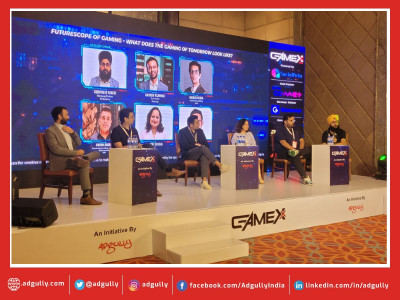

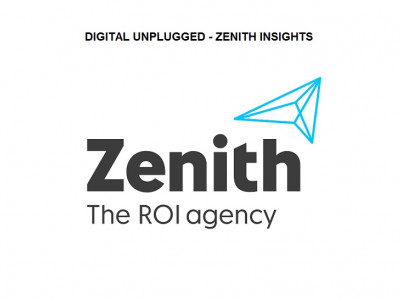


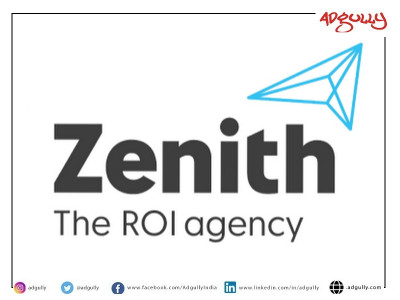

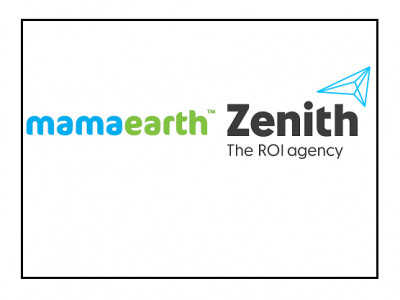


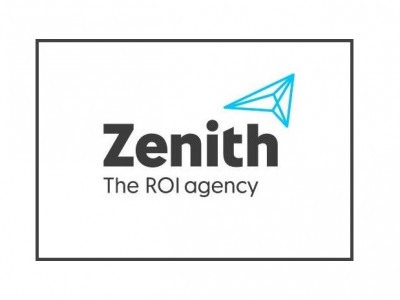

Share
Facebook
YouTube
Tweet
Twitter
LinkedIn